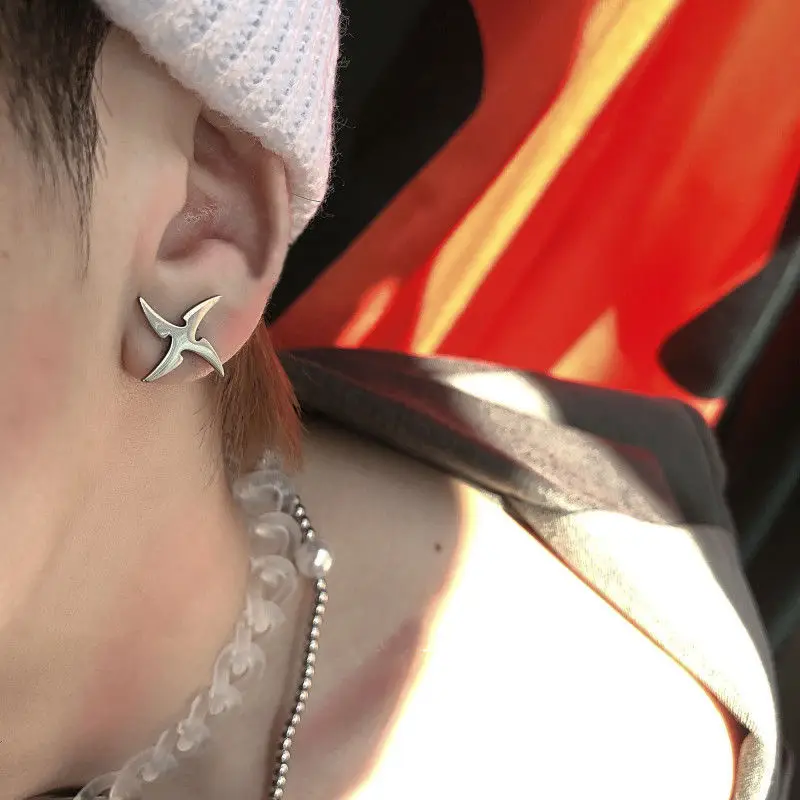The Devils and Evil Spirits of Babylonia: Evil Spirit (Vol.1St)
Description
ABOUT THE BOOK:- From the earliest times Eastern races, in common with the rest of mankind, have always held a firm belief in the existence of evil spirits, ghosts, and all kindred powers. The phenomena of death, the mysteries of disease and sickness, and all the other events of common occurrence in daily life gave rise to speculations about the unseen world, which gradually led to a distinction, although slight at all times, between good evil spirits. The early Semitic people of Babylonia, who ever they may have been or wherever they may have migrated from, found a theology ready to their hands in their adopted country, which they took over from its primitive inhabitants the Sumerians doubtless grafting to it many of the beliefs of their forefathers. The primitive Sumerian recognised three distinct classes of evil spirit, namely, first came the disembodied human soul which could find no rest and so wandered up and down the face of the earth, secondly, the gruesome spirits which were half human and half demon, and thirdly, the friends and devils who were of the same nature as the gods. Who rode on the noxious winds, or brought storms and pestilence. ABOUT THE AUTHOR:- R. Campbell Thompson, (1876-1941) was a British archaeologist, assyriologist, and cuneiformist. He excavated at Nineveh, Ur, Nebo, and Charchemish among many other sites. He was born in Kensington, and educated at colet Court, St. Paul school and Caius College, Cambridge, where he read oriental (Hebrew and Aramic) Languages. In 1918 Mesopotamia fell into British hands, and the trustees of the British Museum applied to have an archaeologist attached to the army in the field to protect antiquities from injury. As a captain in the Intelligence Service serving in the region and a former assistant in the British Museum R.C. Thompson was commissioned to start the work. After a short investigation of Ur, he dug at Shahrain and the mounds at Tell- al- Laham. After the First World War he held a fellowship at Me
Price history chart & currency exchange rate







![The Lovecraft Letters Vol 1: Mysteries of Time & Spirit: Letters of H.P. Lovecraft & Donald Wandrei: The Lovecraft Letters,Volume One [first edition]
The Lovecraft Letters Vol 1: Mysteries of Time & Spirit: Letters of H.P. Lovecraft & Donald Wandrei: The Lovecraft Letters,Volume One [first edition]](http://pictures.abebooks.com/isbn/9781892389503-us.jpg)


![An Evil Spirit Out of the West (Ancient Egypt Trilogy) [Soft Cover ]
An Evil Spirit Out of the West (Ancient Egypt Trilogy) [Soft Cover ]](http://pictures.abebooks.com/isbn/9780755303380-us.jpg)




![Process for Nitric Ether or Sweet Spirits of Nitre by means of an Approved Apparatus Vol:- 5 1837 [Hardcover]
Process for Nitric Ether or Sweet Spirits of Nitre by means of an Approved Apparatus Vol:- 5 1837 [Hardcover]](http://pictures.abebooks.com/isbn/9789333349970-us.jpg)


![Discovering Himalaya : Tourism of Himalayan Region (Ecotourism and Travelogues) Volume Vol. 1st [Hardcover]
Discovering Himalaya : Tourism of Himalayan Region (Ecotourism and Travelogues) Volume Vol. 1st [Hardcover]](http://pictures.abebooks.com/isbn/9788182054110-us.jpg)
![Leviathan's Ruse, Vol. 1: The Comprehensive Guide to the Battle Between Good and Evil [Soft Cover ]
Leviathan's Ruse, Vol. 1: The Comprehensive Guide to the Battle Between Good and Evil [Soft Cover ]](http://pictures.abebooks.com/isbn/9780997257809-us.jpg)
![Kakuriyo: Bed & Breakfast for Spirits, Vol. 1 [Soft Cover ]
Kakuriyo: Bed & Breakfast for Spirits, Vol. 1 [Soft Cover ]](http://pictures.abebooks.com/isbn/9781974703722-us.jpg)







![Kakuriyo: Bed & Breakfast for Spirits, Vol. 3 [Soft Cover ]
Kakuriyo: Bed & Breakfast for Spirits, Vol. 3 [Soft Cover ]](http://pictures.abebooks.com/isbn/9781974703746-us.jpg)







